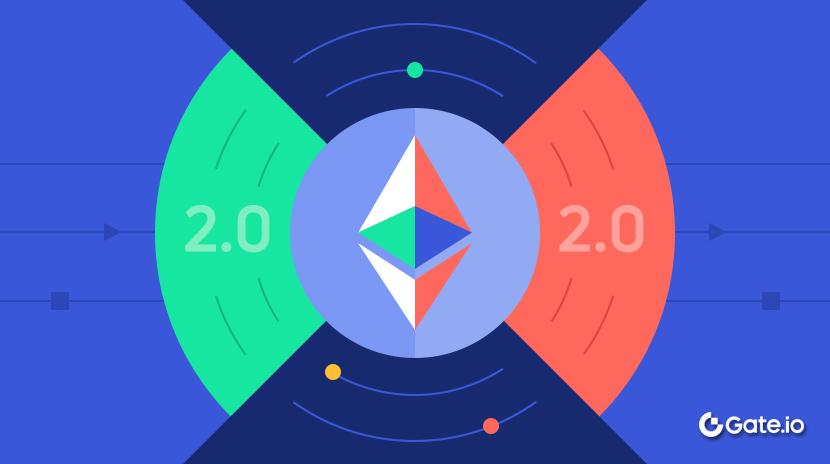crypto in client

Crypto in client refers to software applications that run locally on users' devices, enabling them to manage and control their digital assets directly without relying on third-party custodial services. These client applications provide users with complete control over their private keys, embodying the core concept of "self-custody" and actualizing the mantra "not your keys, not your coins." As a manifestation of the democratizing and decentralizing spirit of blockchain technology, client-side cryptocurrency solutions empower users with ultimate control and responsibility over their assets, while also requiring a certain level of technical knowledge and security awareness.
Market Impact
The market impact of client-side cryptocurrency tools is profound and multi-faceted, manifesting in several key areas:
-
Empowerment of user sovereignty: Client wallets enable ordinary users to bypass traditional financial intermediaries and directly control their assets, creating a challenge to conventional financial institutions.
-
Shift in security paradigms: Client solutions transfer security responsibility from institutions to individuals, creating a market for new security products and services, including hardware wallets, backup solutions, and key recovery services.
-
Evolution of user experience: Market competition has driven continuous improvement of client applications, evolving from early command-line interfaces to intuitive mobile applications today, significantly lowering barriers to entry.
-
Expansion of developer ecosystems: Open-source client projects have attracted global developer participation, fostering innovation and collaboration, and building more robust cryptocurrency infrastructure.
-
Acceleration of institutional adoption: As client solutions mature, more enterprises are integrating cryptocurrency functionality into their existing services, further driving mainstream adoption.
Risks and Challenges
Despite the significant advantages offered by client-side cryptocurrency applications, the risks and challenges they face cannot be overlooked:
-
User responsibility risks: The core challenge of self-custody is that users must be fully responsible for their own security measures, with lost private keys typically resulting in permanent asset loss with no recourse mechanism.
-
Technical complexity: Client software may require users to understand blockchain fundamentals such as transaction fees, confirmation times, and network congestion, creating barriers for non-technical users.
-
Security threats: Client applications must defend against various attack vectors, including malware, phishing attacks, and supply chain attacks, where any security vulnerability can result in asset loss.
-
Regulatory compliance issues: Client software developers must find balance between innovation and compliance, facing evolving regulatory requirements and compliance obligations across different countries.
-
Scalability challenges: With blockchain network congestion, client applications need to provide intelligent fee estimation and transaction optimization features to ensure a good user experience.
-
Interoperability limitations: Compatibility issues between different blockchain networks make creating truly multi-chain client applications complex.
Future Outlook
The development prospects for client-side cryptocurrency technology are reflected in the following aspects:
-
Multisignature and social recovery: Future client solutions will more widely adopt multisignature and social recovery mechanisms, reducing the risk of key loss while maintaining the advantages of self-custody.
-
Intuitive security models: We will see more innovation focused on simplifying security processes, allowing average users to securely manage assets without deep understanding of cryptographic principles.
-
Identity integration: Client applications will integrate more tightly with decentralized identity systems, enabling seamless cross-platform user experiences and more sophisticated permission management.
-
Cross-chain compatibility: As blockchain interoperability projects mature, client applications will more easily support multiple blockchain assets and cross-chain transactions.
-
Regulatory adaptability: Next-generation clients will be designed to adapt to regulatory requirements across jurisdictions while not compromising core self-custody principles, potentially through selective disclosure and zero-knowledge proof technologies.
-
Mass adoption optimization: More simplified clients focused on specific use cases will emerge, such as payment-focused wallets, NFT-specific interfaces, or DeFi aggregators, making onboarding easier for new users.
Client-side cryptocurrency technology is at a critical transition point from tools for tech enthusiasts to mainstream applications, and developments in the coming years will determine whether it can truly achieve mass adoption.
Client-side cryptocurrency solutions represent the core value proposition of blockchain technology—disintermediation and user sovereignty. Despite facing challenges in technology and user experience, these applications play an irreplaceable role in empowering individuals with control over their digital assets. As technology matures and security models improve, client solutions have the potential to achieve applications across broader financial services, pushing the entire cryptocurrency ecosystem toward greater inclusivity and user-friendliness. In blockchain technology's pursuit of decentralization ideals, powerful, secure, and user-friendly client software will continue to be the infrastructure and driving force of this movement.
Share
Related Articles

How to Do Your Own Research (DYOR)?

What Is Fundamental Analysis?
